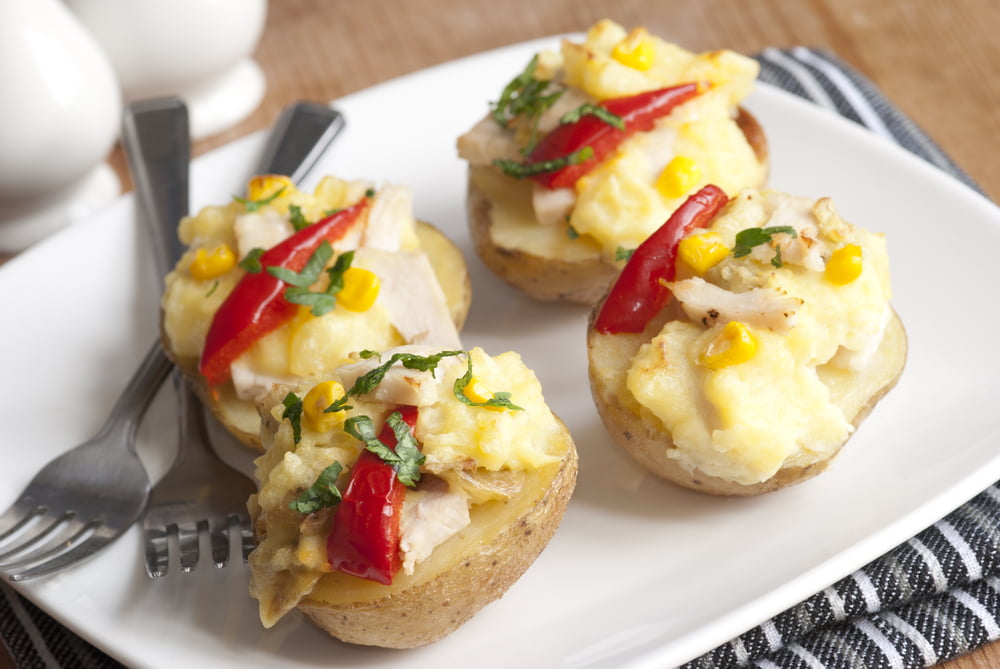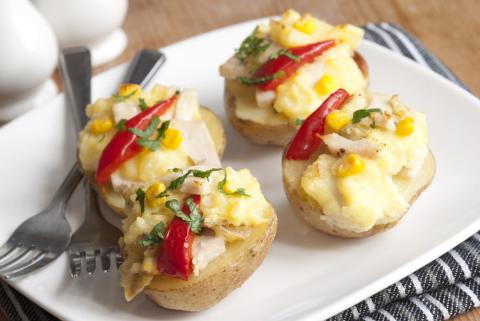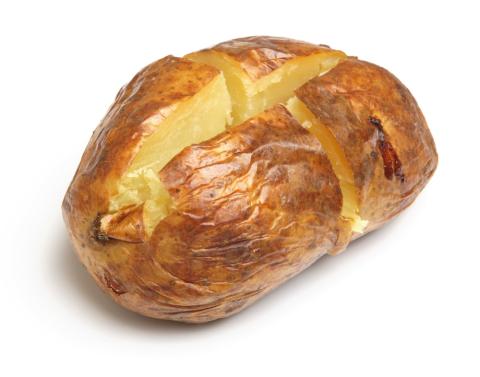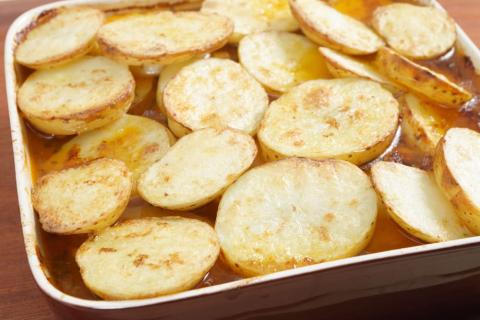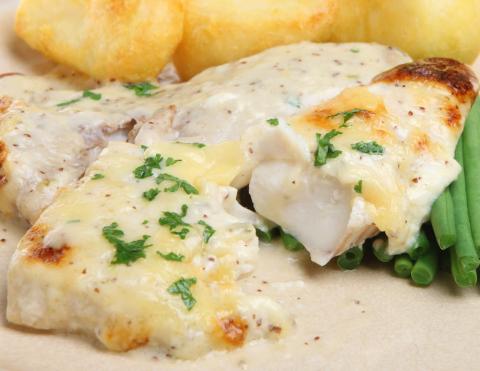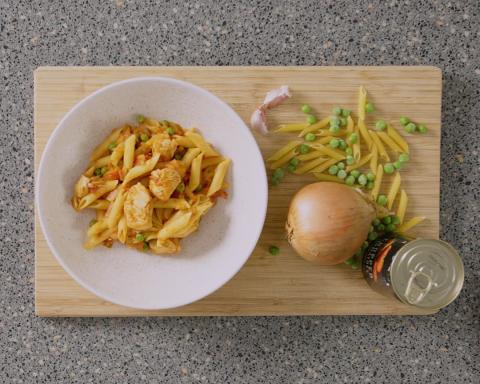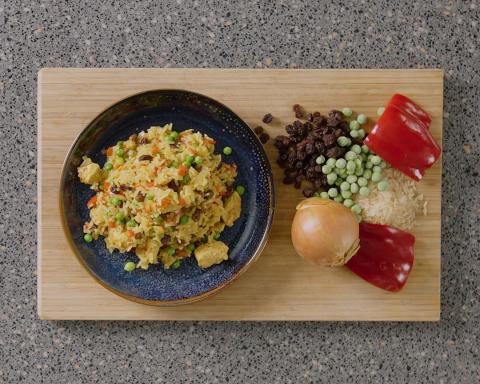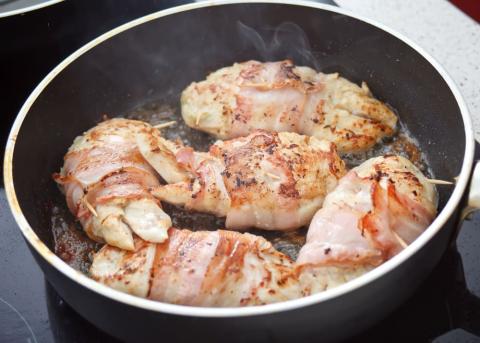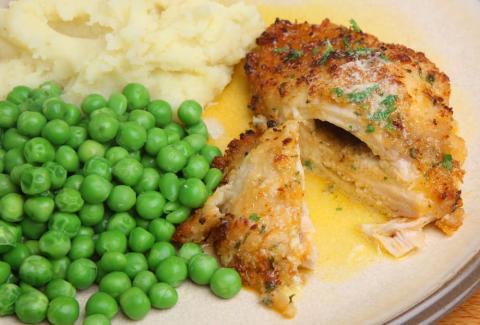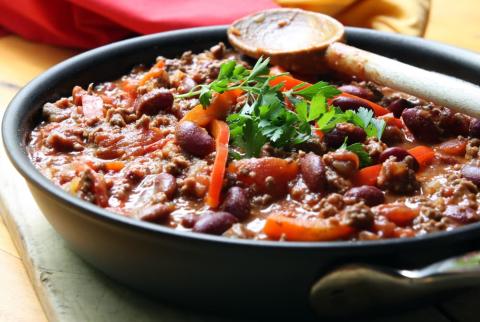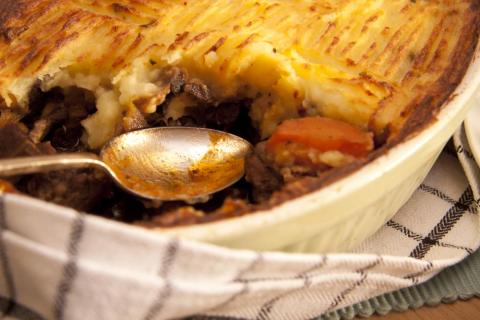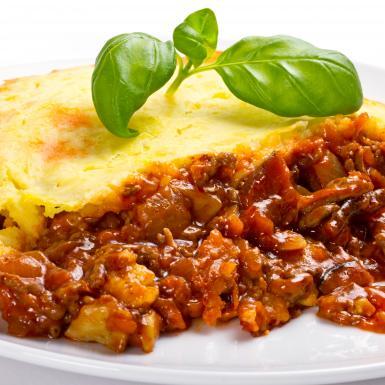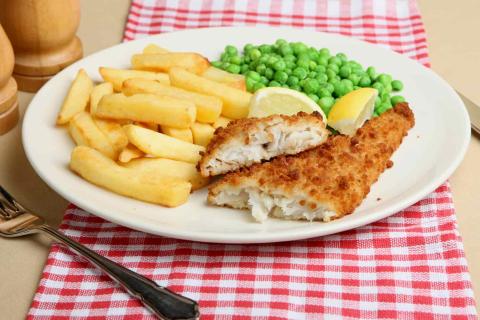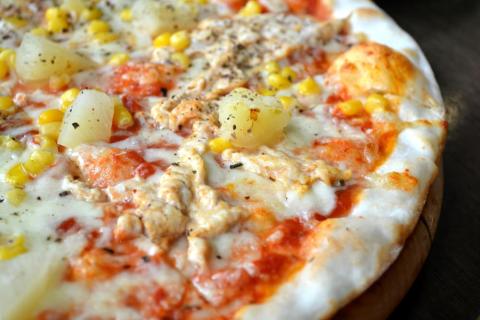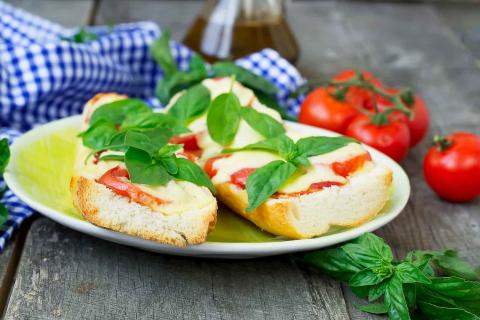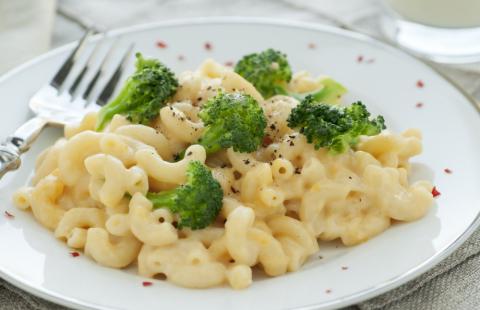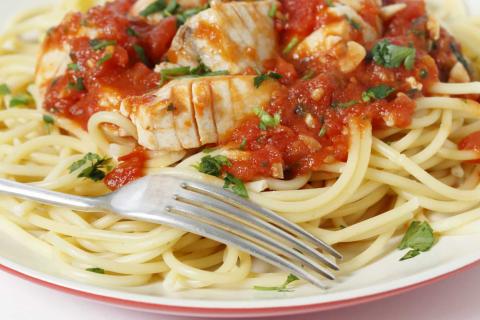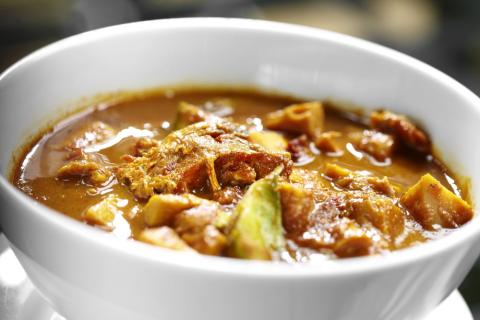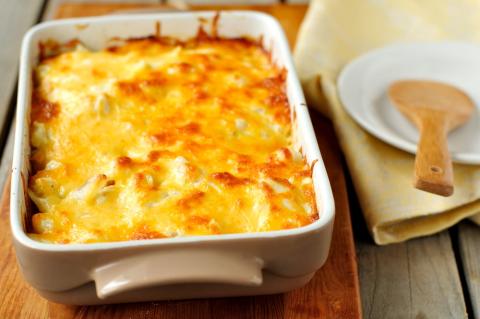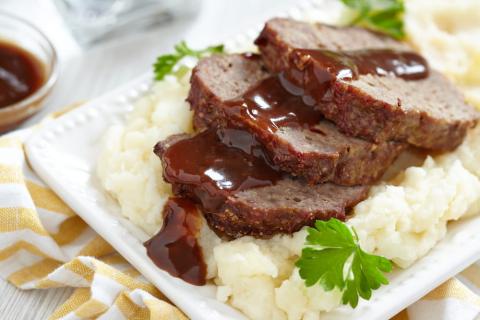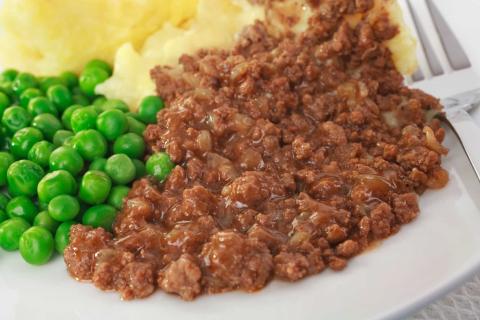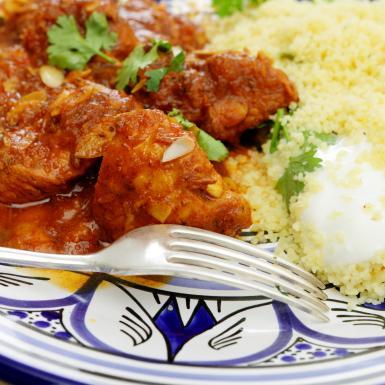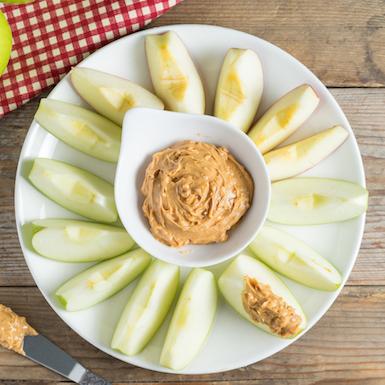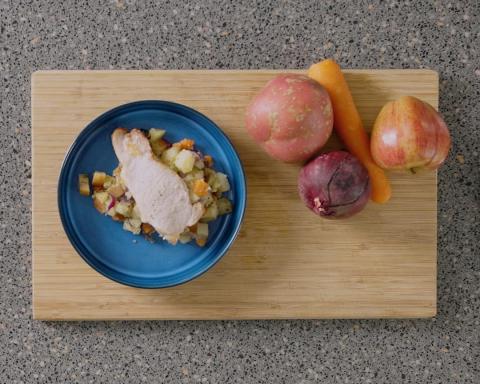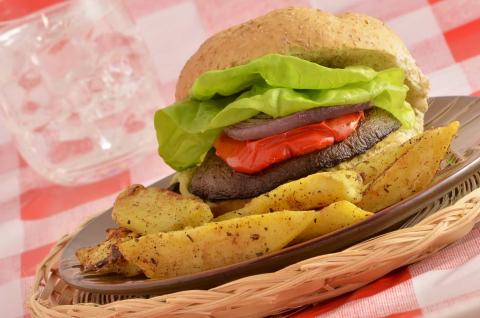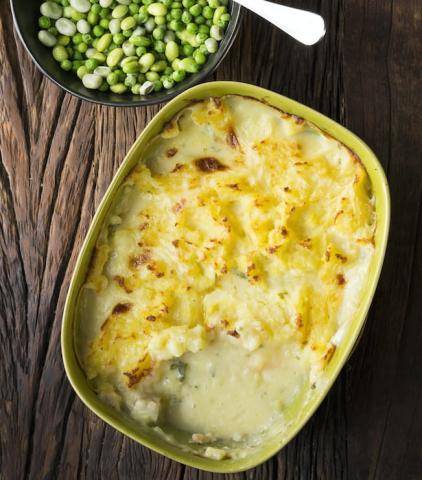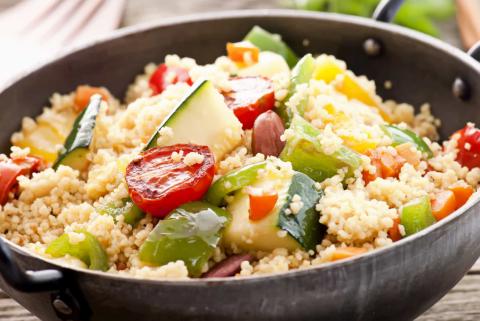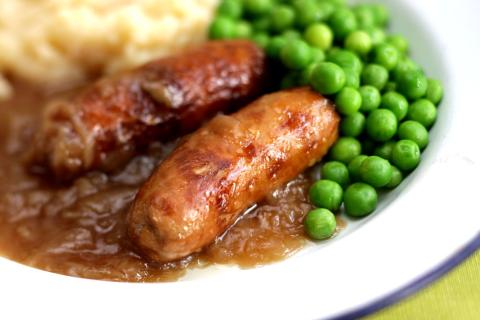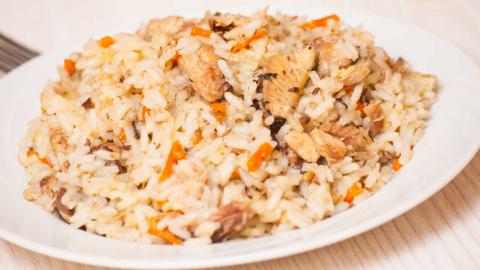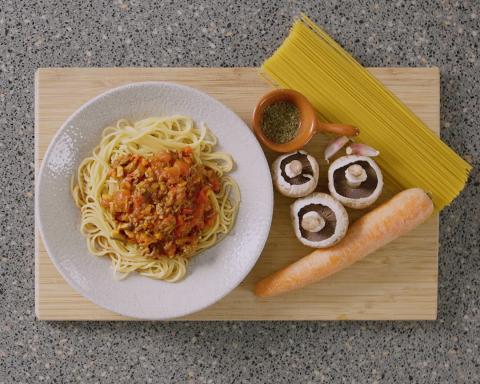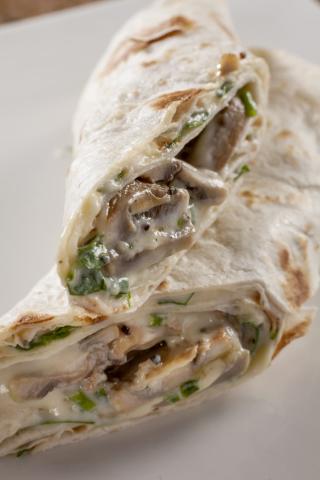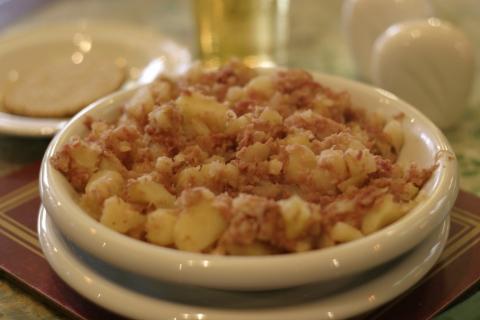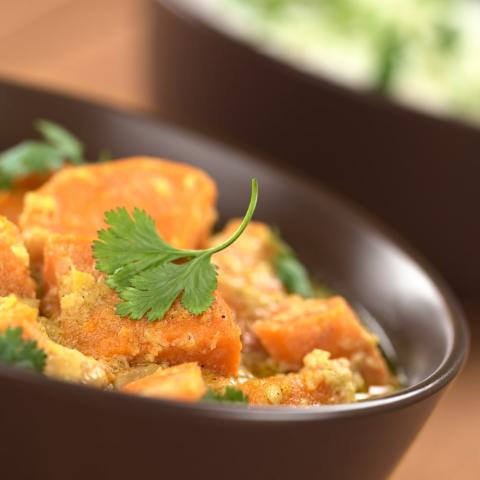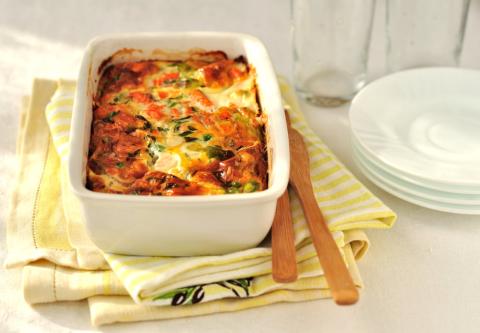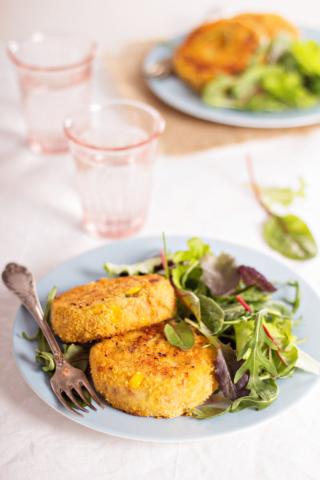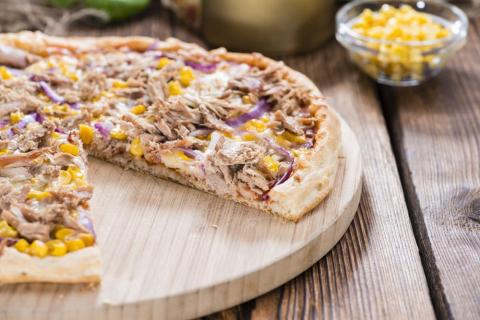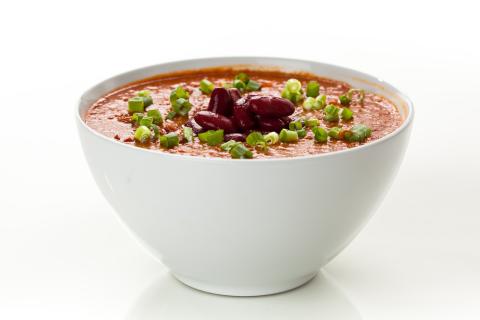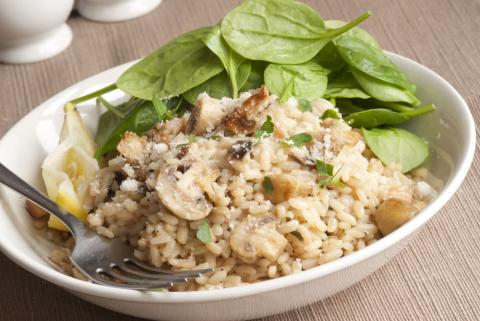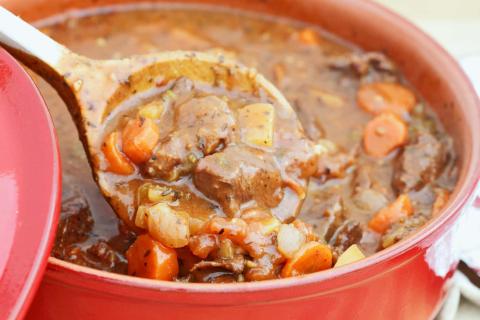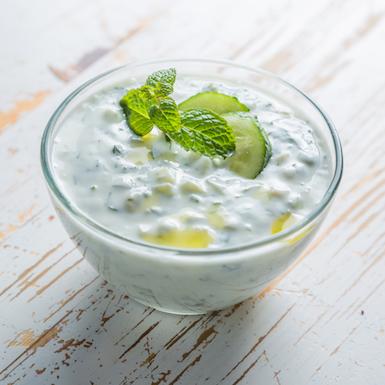- 4 Medium (720g) Baking Potatoes
- 1 Pack (240g) Roast / Cooked Chicken
- 1 Tin (200g) Sweetcorn
- 4 Level Tablespoons (60g) Mayonnaise (choose light mayo whenever possible)
- 4 Teaspoons (12g) Vegetable Oil
Ingredients
Allergy Disclaimer
Always check the label of each ingredient for allergy warnings.
Method
- Set the oven to 200°C / 180°C fan oven / 400°F / gas mark 6.
- Rinse the potatoes in water and use a fork to prick each one all over.
- Using your hands, cover each potato in a teaspoon of oil.
- Place each potato on a foil covered tray and cook for between 1¼ and 1½ hours.When cooked, the skin should be golden brown and crisp, and the potato should give a little when squeezed. Alternatively you can place the potatoes on a plate and cook in the microwave for 15 minutes.
- Cut the chicken into bite-sized pieces and mix with the drained sweetcorn and mayonnaise.
- Cut the potatoes in half then spoon the chicken and sweetcorn mixture over them and serve.
Time Saver Tips
For a handy shortcut, you could try cooking the potatoes in the microwave instead. Prick the potatoes with a fork so they don’t burst, cook on full power for 10 minutes, then turn the potatoes over and cook for another 5 minutes. If the potatoes are still hard, cook for another minute at a time until soft all the way through. The cooking time will depend on your microwave and the number of potatoes you cook at once.
Cost Saver Tips
If you have any leftover chicken, it’s great to use it in a sandwich the next day – talk about an easy lunch! Swapping the chicken for tinned tuna is another healthy and tasty option for your little one. Try adding extra vegetables within the filling as an easy way to get little ones eating their five a day. You could even serve it with some salad on the side.
Tips for Kids
If your little one isn’t a fan of the skins, why not scoop out the potato once cooked and mix it with the filling? You could try to encourage them to eat a little bit of potato skin, but don’t let it put them off the whole meal!
Nutritional Information
Based on a single serving of 293g (% of an adult's reference intake)
Energy
438 kcals ( 22 %)
1,839 kJ ( 22 %)
Fat
2.6 g ( 13 %)
Saturates
45.9 g ( %)
Sugar
5.5 g ( 6 %)
Salt
0.2 g ( 3 %)
Detailed nutritional information
| Per 100g | Per 293g serving | |
|---|---|---|
| Energy Kcals | 150 | 438 |
| Energy Kj | 628 | 1,839 |
| Protein | 7.5 g | 22 g |
| Total Fat | g | g |
| Saturated Fat | 0.9 g | 2.6 g |
| Carbohydrates | 15.7 g | 45.9 g |
| Total Sugars | 1.9 g | 5.5 g |
| NSP Fibre | 2 g | 5.8 g |
| Sodium | 25 mg | 72 mg |
| Salt | 0.1 g | 0.2 g |
Find out about nutritional labelling
Nutrition labels on the front of packaging
- Most of the big supermarkets and many food manufacturers display nutritional information on the front of pre-packed food.
- Front of pack nutrition labels provide information on the number of grams of fat, saturated fat, sugars and salt and the amount of energy (in kJ and kcal) in a serving or portion of a recipe.
- The labels also include information about reference intakes (expressed as a percentage) which are guidelines about the approximate amount of particular nutrients and energy required for a healthy diet.
- The colour coding tells you at a glance if the food has high (red), medium (amber) or low (green) amounts of fat, saturated fat, sugars and salt.
- The more greens on the label, the healthier the choice
- Amber means neither high nor low, so you can eat foods with all or mostly ambers on the label most of the time.
- Reds on the label means the food is high in that nutrient and these are the foods we should cut down on. Try to eat these foods less often and in small amounts.
Food shopping tips
If you’re trying to decide which product to choose, check to see if there's a nutrition label on the front of the pack. This will help you to quickly assess how your choices stack up. You will often find a mixture of red, amber and green colour coding for the nutrients. So when you're choosing between similar products, try to go for more greens and ambers and fewer reds if you want to make a healthier choice.
 Activities & Play
Activities & Play Behaviour
Behaviour Childcare
Childcare Development & Growing Up
Development & Growing Up Family, Friends & Relationships
Family, Friends & Relationships Feeding Your Baby
Feeding Your Baby Food & Eating
Food & Eating Health & Safety
Health & Safety Mental Health & Wellbeing
Mental Health & Wellbeing Money & Work
Money & Work Online Behaviour & Safety
Online Behaviour & Safety Pregnancy & First Days
Pregnancy & First Days School & Education
School & Education Sleep
Sleep

